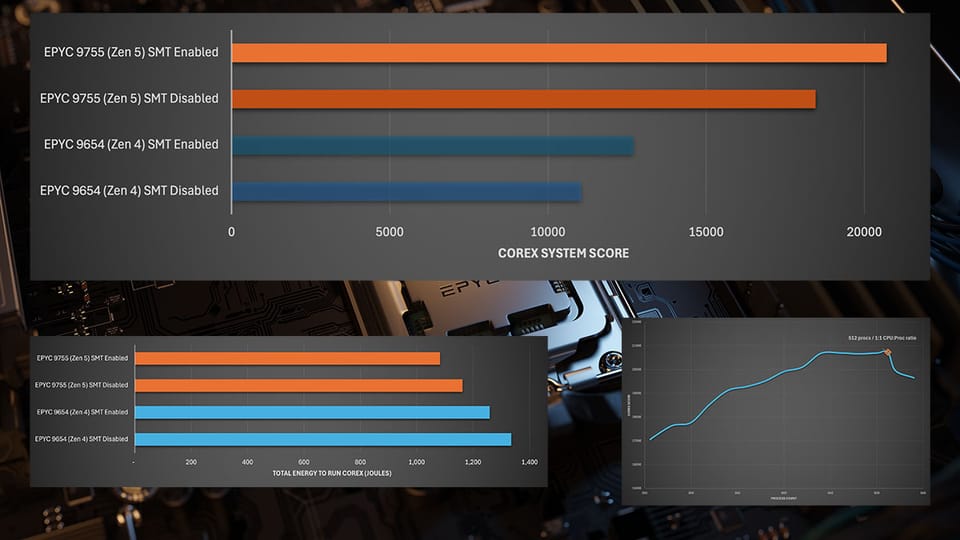Enterprise AI: Where’s the Fuel?
If data, and copious amounts of it at that, is the fuel that powers AI, what is your plan for how you feed that enterprise AI project? A quick look at how Goldman Sachs democratized their corporate data and how most other enterprises have failed and what this means for your enterprise AI.

Some, ok more like many, years ago I worked for Goldman Sachs. But this isn’t really about Goldman Sachs. It’s about enterprise AI. To understand the success of AI in the enterprise we need to first understand data within an enterprise.
While this isn’t a topic I talk about much, it is a subject we (HMx Labs) have a certain amount of expertise in… employing the lead developer for FINOS Waltz (a data platform used by multiple banks) and having architected a data management platform for another tier 1 bank.
As I was saying, many years ago, well before the AI hype, before anyone even dreamt up the term Copilot, heck before Microsoft even released VS Code let alone people forking it to create Cursor or Windsurf, I was working at Goldman Sachs. The height of development tooling was Visual Studio (C#/C++) or IntelliJ/Eclipse (Java).
At Goldman Sachs though, something else reigned supreme (or wanted to). Why use Visual Studio when you could write your code in a DOS prompt (yes really). In a proprietary language (Slang). Backed by a proprietary database (SecDB).
Given the developer experience (a term that had yet to be coined) of Slang and its proprietary nature, there was some tension between the parts of the organisation pushing this internal language and most of IT. Developers didn’t want to learn a language that had no value on their CV or spend their life writing code in a tiny command prompt.
Except, the killer feature was not Slang but SecDB. Having everyone use Slang had the rather nice side effect of meaning all the data was in SecDB. The more parts of the company that used Slang, the more internal data was available in SecDB. Coding in Slang gave you access to all Goldman Sachs data, right there in your command prompt as objects. Imagine all the data in your company exposed via an ORM and never having to think about how to access it.
This meant that when a trader dreamt up a new derivative that needed some combination of data never used before, it was still possible to write code to value it. Without needing a 6-month project just to get all the data in the right place. It meant that when the regulators asked for counterparty risk and trading XVA became profitable it didn’t take a multi-year project to collate all the data to calculate the exposure.
This little bit of magic was so powerful that I watched, and sometimes even helped build, multiple other banks create their own version of it. These attempts invariably failed completely or had nothing like the impact SecDB had at Goldman Sachs. Because the copycat implementations tried to port a tech solution. What was important was the culture and availability of data. It broke down data empires. It allowed creativity and innovation that access to data provided.
Now here’s the AI angle. Alongside the innovation in LLMs the biggest thing OpenAI achieved was combining the world’s data into a single place. They might have done that by stealing, breaking copyrights and riding roughshod over everyone in a typical Silicon Valley “ask for forgiveness not permission” fashion, but they did it. (I’m not sure they’re even asking for forgiveness so much as doubling down on the stealing data and trying to legitimise it, but that’s a topic for another day.)
If you’re looking at the amazing things ChatGPT can do and wondering how you implement that in your siloed, empire laden enterprise, let me ask you this. What’s your plan for getting access to all your data to fuel the LLM with? Do you even know what systems exist that have internal data? If that data is still valid? That it is the golden source for that information? How are you going to handle the (perceived) loss of power of your senior executives as their data empires crumble?
Are you going to solve this problem like Goldman Sachs? Or more like OpenAI? That second option might not be quite as easy as scraping the open internet. Most corporate data has slightly better access controls around it.
If you can’t solve that bigger problem, you might as well ditch those enterprise AI projects now and save yourself a bunch of money.




